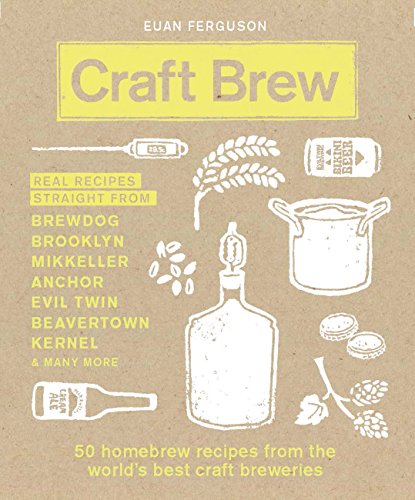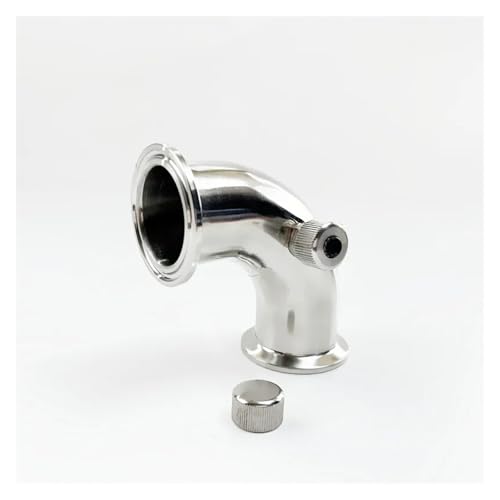hi all, can you point me in the right direction to get a drinkable brew..............sit down, get comfy, this is going to take a while!!!!!!
Im on my 6th barel of home brew, 5 have been bitters and one is larger.
ive bough from the top of the (price) range woodesfordes to john bull...........i have to say that the bull was the best!
This time i went for a 'new' product, a czech larger that boasts the best ingrediants and yeast for this larger.....but it taste the same as the bitters ive done in that there is a very strong taste of 'ingrediants' , i dont know enough to say what but its a malty or hoppy taste with no bite to it.
Now, it could well be me wanting to sup the stuff before its really ready, after transfuring it to the barel i leave it in in the house for a week and then put it in the shed for 2 to 6 weeks but the flavour is still not that great..............other issues that may have a bearing are......
The first 5 pints of bitter are always clear as a bell with a good thick head, after that they become increasingly cloudy with a weaker frothy head, by the time its half gone i have to add a gas shot to put pressure into the keg (i dont bottle) or it wont flow at all and just glugs, should i be adding the gas anyway or am i doing something wrong? should i add it as soon i start to drink it?
The larger has been in the shed for 2 weeks, and has the same taste but is quite cloudy from the first pint and seams quite flat, ive been told this is usual with larger, how do i get it to clear?
I would welcome any advice you can offer
Im on my 6th barel of home brew, 5 have been bitters and one is larger.
ive bough from the top of the (price) range woodesfordes to john bull...........i have to say that the bull was the best!
This time i went for a 'new' product, a czech larger that boasts the best ingrediants and yeast for this larger.....but it taste the same as the bitters ive done in that there is a very strong taste of 'ingrediants' , i dont know enough to say what but its a malty or hoppy taste with no bite to it.
Now, it could well be me wanting to sup the stuff before its really ready, after transfuring it to the barel i leave it in in the house for a week and then put it in the shed for 2 to 6 weeks but the flavour is still not that great..............other issues that may have a bearing are......
The first 5 pints of bitter are always clear as a bell with a good thick head, after that they become increasingly cloudy with a weaker frothy head, by the time its half gone i have to add a gas shot to put pressure into the keg (i dont bottle) or it wont flow at all and just glugs, should i be adding the gas anyway or am i doing something wrong? should i add it as soon i start to drink it?
The larger has been in the shed for 2 weeks, and has the same taste but is quite cloudy from the first pint and seams quite flat, ive been told this is usual with larger, how do i get it to clear?
I would welcome any advice you can offer
































![BREWING THERMOMETER STICKERS ACCURATELY MONITOR FERMENTING BEER & WINE LIQUID TEMPERATURES 5PCS HOME BREW SPIRITS WINE LCD ADHESIVE [US]](https://m.media-amazon.com/images/I/311DDjo2X3L._SL500_.jpg)







